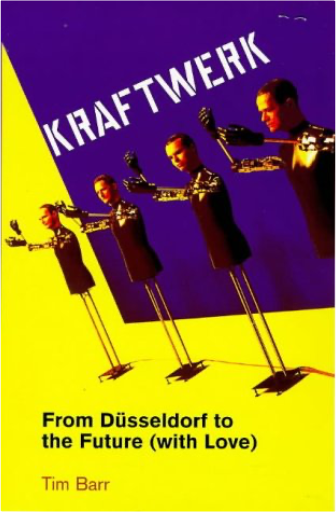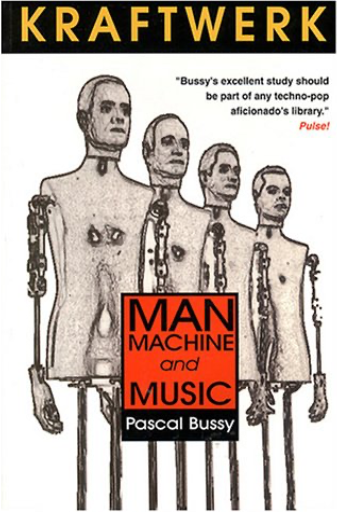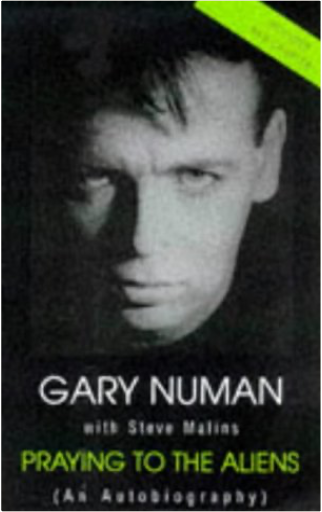 Praying to the AliensGary Numan, Steve Mallins Praying to the AliensGary Numan, Steve Mallins Gary Numan tells the story of his life from the 70s to the cult status he currently enjoys as a pop icon and protagonist of trip hop and ambient music. This is a story of excess, speed and the music media. 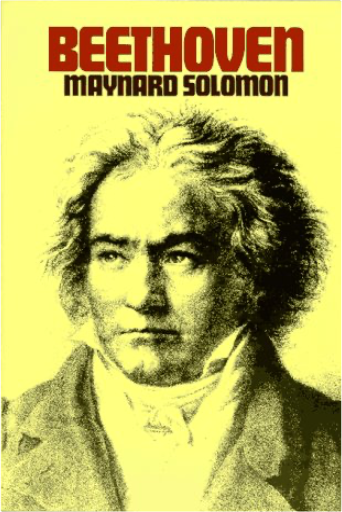 BeethovenMaynard Solomon BeethovenMaynard Solomon Published by Schirmer Books, 1979 this First Paperback Edition text measures 6" by 9 1/4" by 1" with 400 pages. 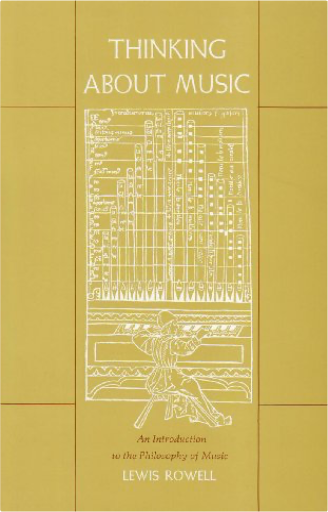 Thinking about Music: An Introduction to the Philosophy of MusicLewis E. Rowell Thinking about Music: An Introduction to the Philosophy of MusicLewis E. Rowell From the rear cover of this 288 page book: "Roswell draws intelligently from ancient and modern sources - philosophers, historians, social critics - to develop a dynamic portrait of the essence of music and its place in human life. Throughout, the technical and philosophical histories of music and musical taste he presents are cogent. One chapter contrasting Japanese with Indian musical ideas saves the work from being wholly Western in orientation. The final chapter considers New Music. Technical terms, both philosophical and musical, are explicated without pedantry; the obvious joy the author takes in his subject illuminates the text. A clearly written and sensitively arranged book that offers much to specialists and students as well as informed laypersons." - Library Journal. And "An outstanding contribution to the process of formulating ideas about music. It is well organized, cogently reasoned, and very readable. Its value lies not so much in any answers it provides, but rather in its pointing the way to the proper questions.....It would serve as an excellent source for other courses in philosophy of music and musical aesthetics, as well as for required reading for students of the philosophy of music education." Music Educators Journal. 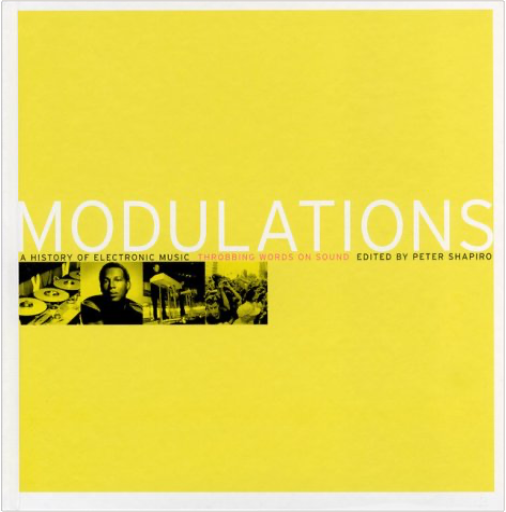 Modulations: A History of Electronic Music: Throbbing Words on SoundPeter Shapiro Modulations: A History of Electronic Music: Throbbing Words on SoundPeter Shapiro Edited by Peter Shapiro. Contributions by Iara Lee, David Toop. Text by Kodwo Eshun, Michael Berk, Tony Marcus, Kurt Reighley, Simon Reynolds, Michael Rubin, Chris Sharp, Rob Young. 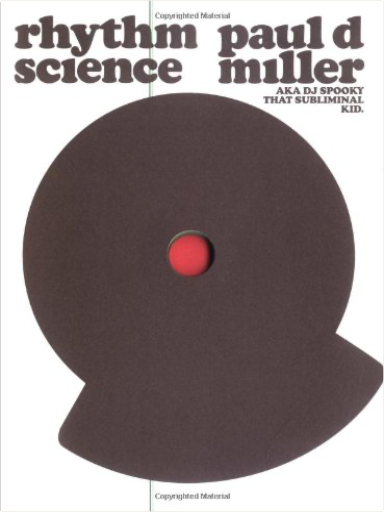 Rhythm SciencePaul D. Miller aka Dj Spooky that Subliminal Kid Rhythm SciencePaul D. Miller aka Dj Spooky that Subliminal Kid The conceptual artist Paul Miller, also known as Dj Spooky that Subliminal Kid, delivers a manifesto for rhythm science - the creation of art from the flow of patterns in sound and culture, the changing same. Taking the Dj's mix as template, he describes how the artist, navigating the innumerable ways to arrange the mix of cultural ideas and objects that bombard us, uses technology and art to create something new and expressive and endlessly variable. Technology provides the method and model; information on the web, like the elements of a mix, doesn't stay in one place. And technology is the medium, bridging the artist's consciousness and the outside world. Miller constructed his Dj Spooky persona (spooky from the eerie sounds of hip-hop, techno, ambient and the other music that he plays) as a conceptual art project, but then came to see it as the opportunity for coding a generative syntax for new languages of creativity. For example: Start with the inspiration of George Herriman's Krazy Kat comic strip. Make a track invoking his absurd landscapes...What do tons and tons of air pressure moving in the atmosphere sound like? Make music that acts a metaphor for that kind of imm 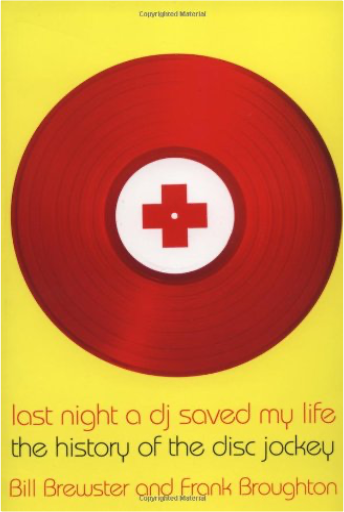 Last Night a DJ Saved My Life: The History of the Disc JockeyBill Brewster, Frank Broughton Last Night a DJ Saved My Life: The History of the Disc JockeyBill Brewster, Frank Broughton From the first time a record was played over the airwaves in 1906, to a modern club economy that totals $3 billion annually in New York City alone, the DJ has been at the center of popular music. Starting as little more than a talking jukebox, the DJ is now a premier entertainer, producer, businessman, and musician in his own right. Superstar DJs, from Junior Vasquez to Sasha and Digweed, command worship and adoration from millions, flying around the globe to earn tens of thousands of dollars for one night's work. Increasingly, they are replacing live musicians as the central figures of the music industry. In Last Night a DJ Saved My Life, music journalists Bill Brewster and Frank Broughton have written the first comprehensive history of the mysterious and charismatic figure behind the turntables — part obsessive record collector, part mad scientist, part intuitive psychologist of the party groove. From England's rabid Northern Soul scene to the birth of disco in New York, from the sound systems of Jamaica to the scratch wars of early hip-hop in the Bronx, from Chicago house to Detroit techno to London rave, DJs are responsible for most of the significant changes in music over the past forty years. Drawing on in-depth interviews with DJs, critics, musicians, record executives, and the revelers at some of the century's most legendary parties, Last Night a DJ Saved My Life is nothing less than the life story of dance music. 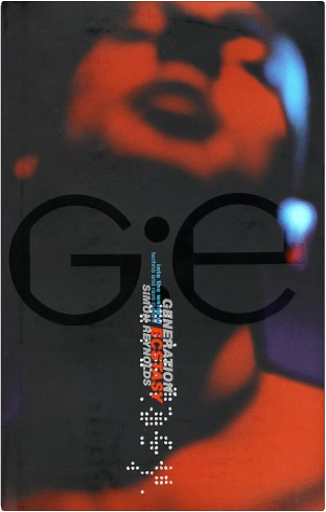 Generation Ecstasy:Into the World of Techno and Rave CultureSimon Reynolds Generation Ecstasy:Into the World of Techno and Rave CultureSimon Reynolds In Generation Ecstasy, Simon Reynolds takes the reader on a guided tour of this end-of-the-millenium phenomenon, telling the story of rave culture and techno music as an insider who has dosed up and blissed out. A celebration of rave's quest for the perfect beat definitive chronicle of rave culture and electronic dance music. 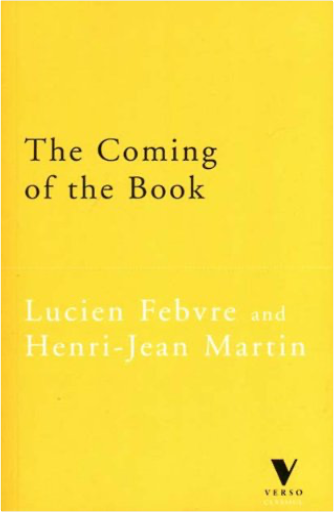 The Coming of the Book: The Impact of Printing 1450-1800Lucien Febvre, Henri-Jean Martin The Coming of the Book: The Impact of Printing 1450-1800Lucien Febvre, Henri-Jean Martin Books, and the printed word more generally, are aspects of modern life that are all too often taken for granted. Yet the emergence of the book was a process of immense historical importance and heralded the dawning of the epoch of modernity. In this much praised history of that process, Lucien Febvre and Henri-Jean Martin mesh together economic and technological history, sociology and anthropology, as well as the study of modes of consciousness, to root the development of the printed word in the changing social relations and ideological struggles of Western Europe. 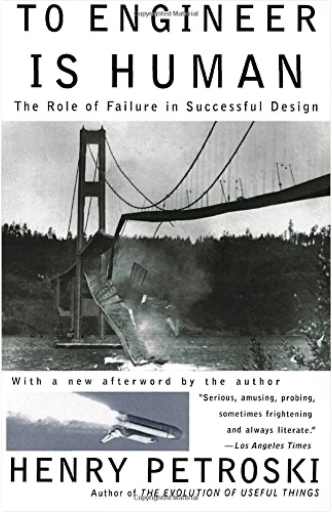 To Engineer Is Human: The Role of Failure in Successful DesignHenry Petroski To Engineer Is Human: The Role of Failure in Successful DesignHenry Petroski How did a simple design error cause one of the great disasters of the 1980s - the collapse of the walkways at the Kansas City Hyatt Regency Hotel? What made the graceful and innovative Tacoma Narrows Bridge twist apart in a mild wind in 1940? How did an oversized waterlily inspire the magnificent Crystal Palace, the crowning achievement of Victorian architecture and engineering? These are some of the failures and successes that Henry Petroski, author of the acclaimed "The Pencil," examines in this engaging, wonderfully literate book. More than a series of fascinating case studies, "To Engineer is Human" is a work that looks at our deepest notions of progress and perfection, tracing the fine connection between the quantifiable realm of science and the chaotic realities of everyday life. 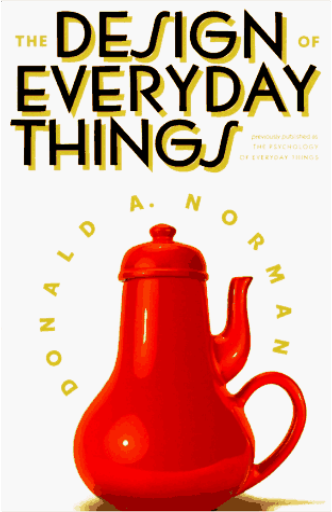 The Design of Everyday ThingsDonald Norman The Design of Everyday ThingsDonald Norman A popular, entertaining, and insightful analysis of why some products satisfy customers while others only frustrate them. |
 Made with Delicious Library
Made with Delicious LibraryDenver, CO zipflap congrotus delicious library Tolva, John
